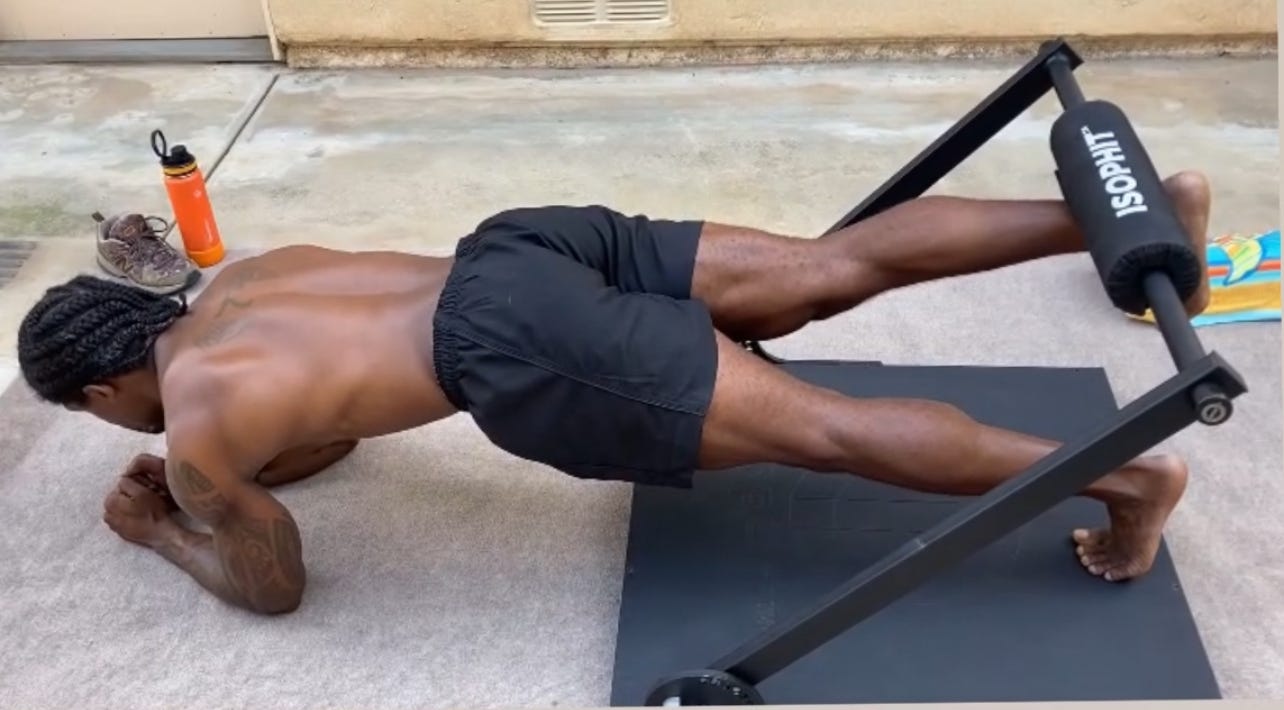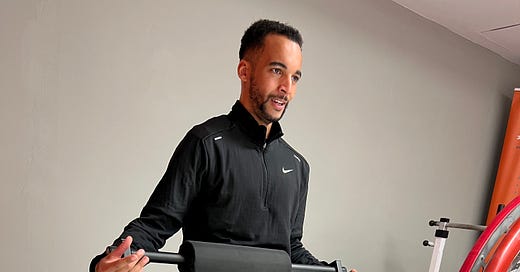Hamstring Injuries in European Football: The Case for a Whole-Body Isometric Approach
Each season, European football clubs collectively lose an estimated £500 million (€580 million) due to preventable injuries. At the top of this costly list are hamstring injuries—a common yet deeply misunderstood issue plaguing the sport. Despite advances in technology, sports science, and rehabilitation, the rate of soft tissue injuries remains stubbornly high. Why? Because the current approach to performance and injury prevention often fails to address the true nature of movement and stability.
Knee Flexion: More Than Just the Hamstrings
While the hamstrings get most of the attention, knee flexion involves a complex network of muscles that work in coordination to stabilize and mobilize the lower body. Here's a complete list of the muscles that directly contribute to knee flexion:
Biceps Femoris (Long Head)
Biceps Femoris (Short Head)
Semitendinosus
Semimembranosus
Gastrocnemius (Medial Head)
Gastrocnemius (Lateral Head)
Sartorius
Gracilis
Plantaris
Popliteus
Each of these muscles plays a unique role—not just in bending the knee, but in coordinating force across the hip, knee, and ankle joints during high-speed actions like sprinting, cutting, and jumping.

The Problem: Dynamic Demands Meet Isometric Deficiency
Modern football is faster and more physically demanding than ever before. Players accelerate, decelerate, and change direction hundreds of times per match. These high-intensity movements place massive isometric force demands on the body to stabilize joints and prevent excessive movement of soft tissues.
Yet, most training and rehab programs focus on dynamic outputs—how fast, how far, how much weight. Rarely do they develop an athlete's ability to generate and sustain isometric force, throughout the entire body. This is a critical oversight.
When isometric strength is insufficient to stabilize the body, body segments begin to traverse across fixed structures, resulting in shearing forces within joints and soft tissues. This shearing—especially in the posterior thigh—is a key contributor to muscle strains, particularly in high-risk muscles like the biceps femoris long head.
The Solution: Whole-Body Isometric Training
It's time for a more holistic and proactive approach—one that treats isometric strength as foundational, not supplementary. Whole-body isometric training builds the ability to generate, tolerate, transfer, and express force across all joints and planes of motion.
By incorporating position-specific, multi-joint isometric contractions, athletes can:
Improve neuromuscular control
Reduce the risk of shearing forces at high speeds
Enhance structural resilience
Maintain force integrity during rapid changes in direction
Most importantly, it helps close the gap between what the body is asked to do in sport and what it’s actually prepared for.
The Call to Action
European football clubs can no longer afford to rely solely on traditional strength and conditioning methods that focus on movement without first securing stability. The cost—financially and physically—is simply too high.
Isometric weakness is the silent saboteur of performance and durability. By prioritizing isometric strength across the full body, especially in key areas like the hamstrings and supporting knee flexors, the sport can evolve from reactive rehab to proactive protection.
It’s not just about preventing injuries. It’s about unlocking the full potential of the modern footballer.
The future of football performance isn't just fast. It's about isometric strength and stability.
At Isophit, we help the world’s strongest, fastest, and most dominant athletes to win more, hurt less, and age stronger!
Join Team Isophit at www.isophit.com





